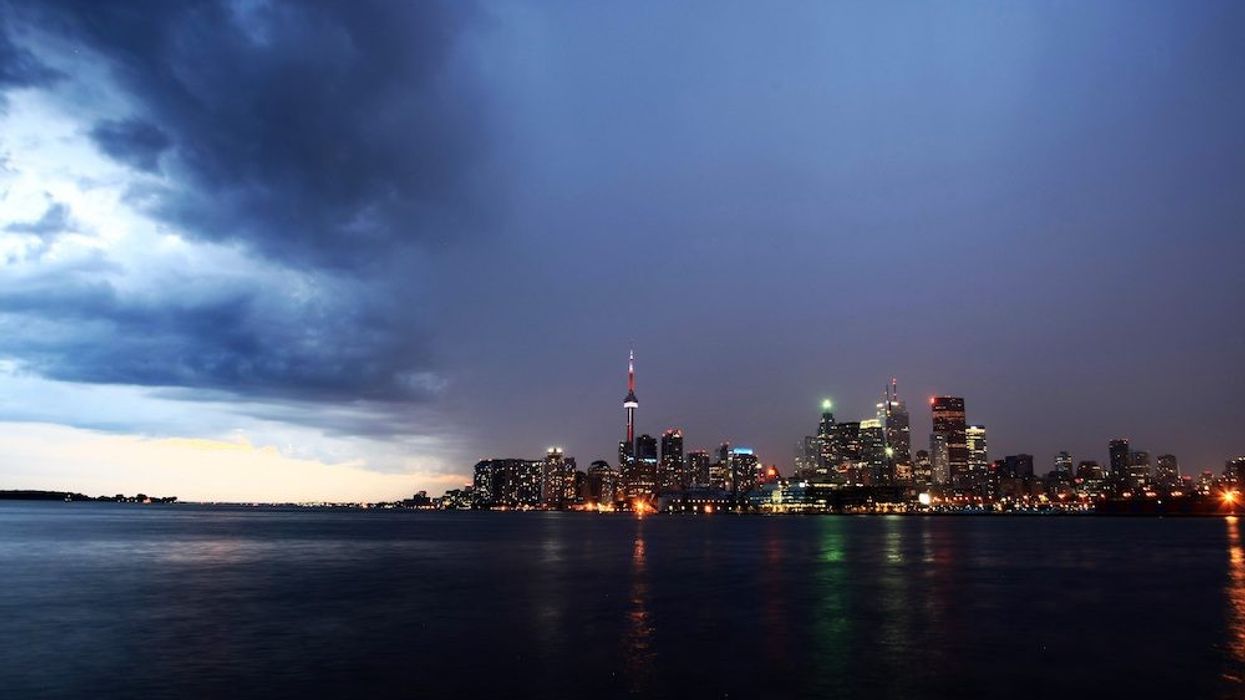The severe thunderstorm that ripped its way through Southern Ontario last Saturday couldn’t have come at a worse time for cash-strapped households or sellers with active listings.
The storm’s gusts were so powerful that trees even fell over, in many cases directly onto houses. Fortunately, roofs damaged by fallen trees represent the extreme end of the property damage incurred and aren’t especially commonplace, a slew of other costly damages occurred.
“A client of mine and her husband were about to list their home and an entire tree knocked over the fence,” said Vik Salhotra, an insurance account representative with Desjardins Insurance. “Keep in mind the amount of trees and bushes that need to be cleared up. If you’re an arborist, you have just become a very hot commodity -- they’re charging higher rates, which means labour costs have gone up. The client will have to pay $6,000 to get the tree removed and chopped up.”
Salhotra’s mention of higher labour costs is important because it will be among the most salient factors insurance companies use to calculate premiums going forward. But their preponderant consideration is the fact that inclement weather events occur with greater frequency now.
On July 8, 2013, an inordinately heavy rainstorm in the GTA caused flooding -- some automobiles were almost completely submerged on Highway 427 South -- and impelled insurance companies to increase their home insurance rates. Although the majority of homeowners affected by last weekend’s severe weather event are already covered by their existing policies, premiums have risen in recent years in tandem with the volume of claims, and there’s every indication that they will continue to.
Homeowners would be wise to inspect their roofs because a lot of homes’ shingles were blow away by the wind and that could lead to water damage in vulnerable spots, advises Salhotra, whose phone blew up all day Saturday with calls from clients, and who says the sheer volume of claims most likely means that payouts from insurance companies could take weeks.
That timeline could be as long as six weeks, according to CTV; the insurance industry is still tallying estimates while officially declaring the storm to be a "catastrophe". According to the Insurance Bureau of Canada, severe weather caused $2.1B in insured damage in 2021, with $105M earmarked specifically for "southern Ontario storms", and another $100M for "Barrie and Area Tornadoes".
The aftermath of the storm, which left a trail of destruction across much of Southern Ontario, will take weeks to clear. In Toronto alone, forestry crews have already responded to more than 4,000 service requests, and the cleanup is expected to take weeks.
“Through the weekend, crews worked 12- to 14-hour shifts in order to respond to service requests as quickly as possible, and continue to efficiently use all the resources available to undertake any remaining clean-up efforts,” read a statement provided to STOREYS from Parks, Forestry & Recreation and 311 at the City of Toronto. “Given the storm's severity, it may take several weeks to complete non-emergency clean-up work. All immediate hazards remain a priority and will be addressed soon as possible.”
In a release regarding the City's storm response, Mayor John Tory said, “Public safety is our priority when cleaning up after any severe storm. City and Urban Forestry crews have been hard at work all weekend long and continue to respond to thousands of storm-related and service calls. Thank you to City staff for assisting Toronto Hydro in re-establishing power as quickly as possible and clearing roads and sidewalks as quickly as possible.”





















